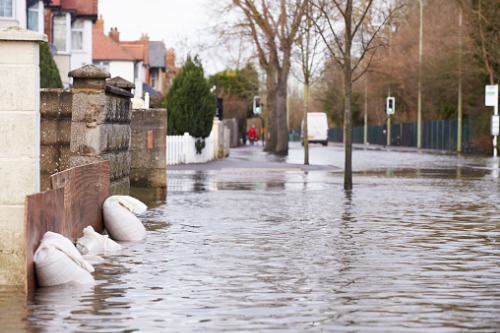

British Columbia’s southern interior experienced record breaking flood in 2018 – and some industry stakeholders argue that the deforestation in the area aggravated spring river overflows.
Forestry is a likely contributor to flooding events, said BC Forestry Practices Board manager of audits and investigations Doug Wahl, especially in areas that were affected by pine beetle outbreaks, which prompted more trees to be cut down.
“Because of the accelerated rate of harvesting that was really necessary to salvage those stands and make good use of them, the result has been some pretty large openings on the land base,” Wahl told CBC News.
Wahl also explained that due to the lack of trees, the snow in the affected areas can start melting sooner in the spring time. The trees that were cut down acted as shade for the snow, preventing it from melting too quickly under the sun.
The elevation of deforestation might also be contributing to the problem. Younes Alila, a forest management professor with the University of BC, believes that logging at higher elevations in mountainous areas can increase the frequency of flooding events downstream.
“We’re going to continue to see an increase in the flood risk for decades to come,” the professor said, adding that the effect of logging on floods is long-lasting since it takes time for trees to regrow.
Foresters are also calling for the BC government to determine the effects logging and other land use has on season flooding.
“We’re going to see more of this, with climate change,” warned retired BC Forest Service senior official Anthony Britneff, who suggested that the government hire experts to write assessments that ascertain the impact human activities and natural disturbances have on public resources – these reports will then be disclosed to the public.
Britneff also called for BC to update its land-use plans, with the input of the community.
There is also concern that licensed foresters are not being encouraged enough to be more considerate about their activities.
A 2019 Forestry Practices Board report found that “there is no legal requirement for licensees to consider downstream private property or road infrastructure.” The board, however, encourages foresters to follow voluntary guidelines.
